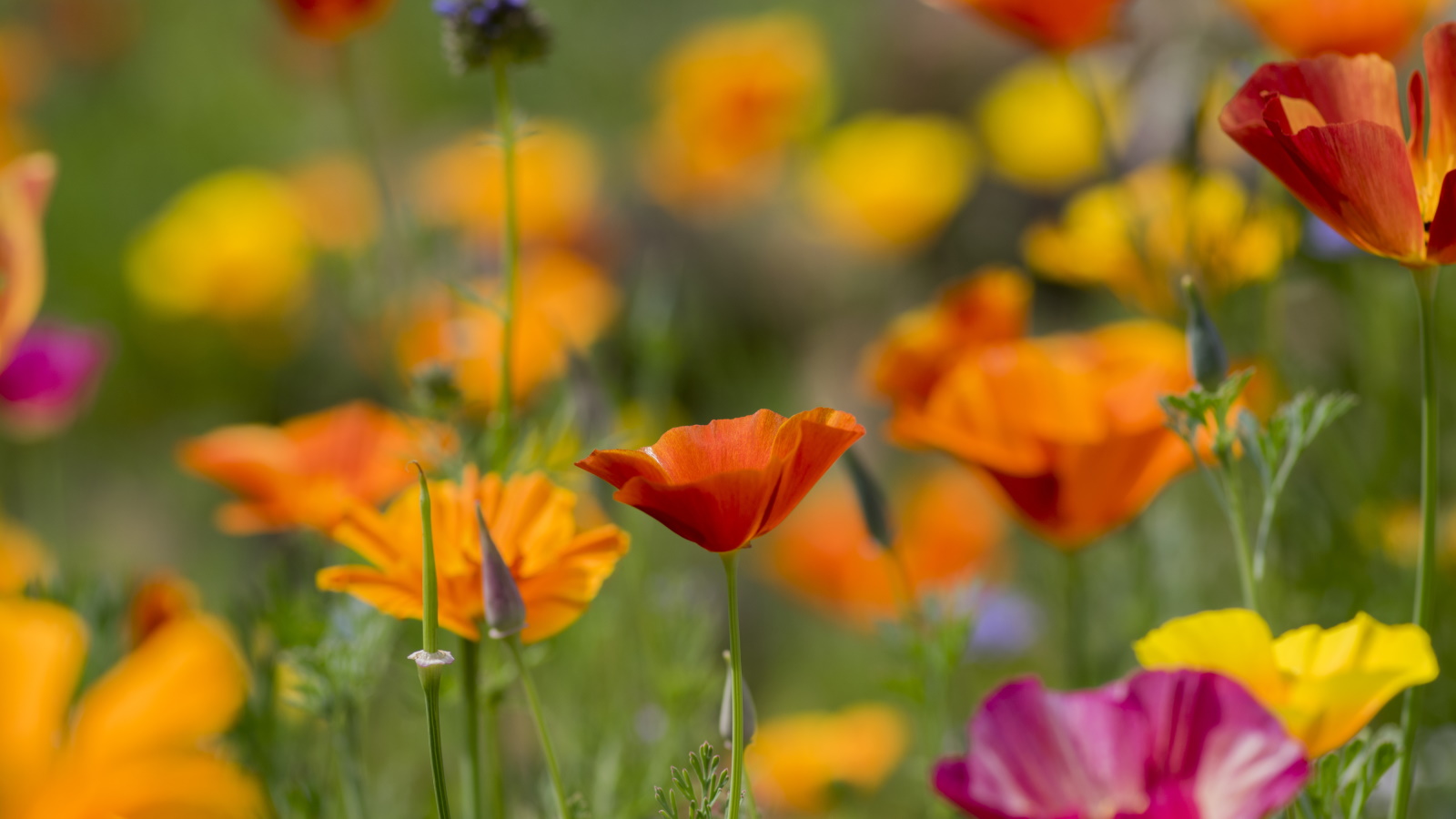
July is the most colorful time of year in the garden. Our borders and containers are full of flowers and humming with pollinators. If you are anything like me, you will be snipping stems from the garden and filling your home with vases styled using homegrown blooms. From cosmos to dahlias, chrysanthemums to lilies, July is the time to surround yourself with dazzling flowers.
While it might seem late in the season, you can still sow fast-growing flowering annuals in July for late summer color. Knowing which flowers to plant in July will help to prolong the floral show in your yard this year. As a former professional gardener working in many gardens across the UK and Italy, I have grown all 5 of the following impactful and quick-growing annual blooms. If you want some late-season summer color, you have come to the right place.
So, before you get comfortable on your deck chair, soaking up the summer sun, I encourage you to spend a little time sowing annual seeds for flowers later this year.
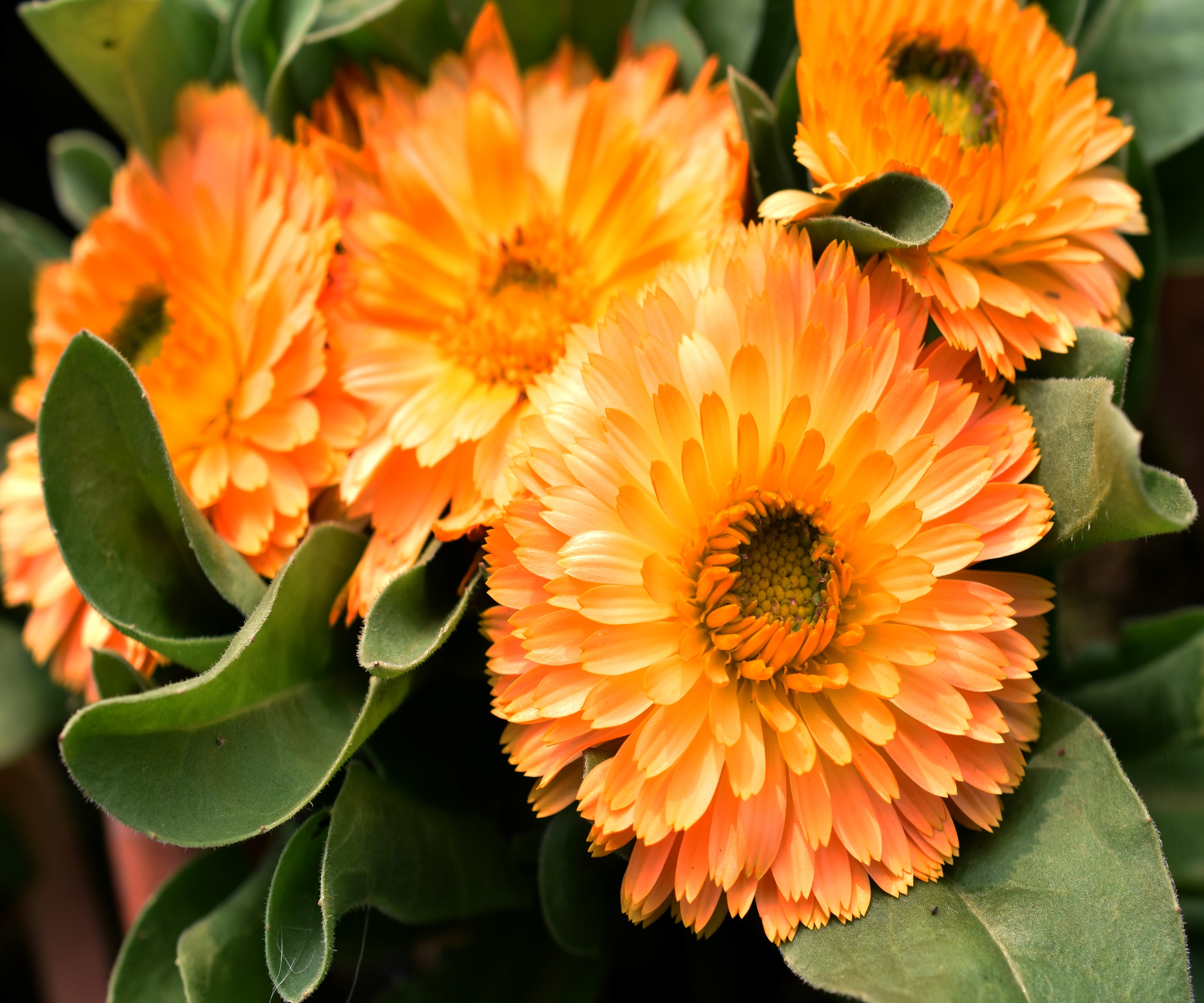
5 annuals to sow in July
While it is generally best to sow annual flowers earlier in the season, there is still time to sow quick-growing plants for end-of-summer color. For those gardeners who live in mild or warm US hardiness zones in the southern regions, annuals can bloom right up until the weather changes in October or November. So, if you want pops of color in your borders later in the year, these are the 5 best annuals to sow in July.
1. Nasturtiums
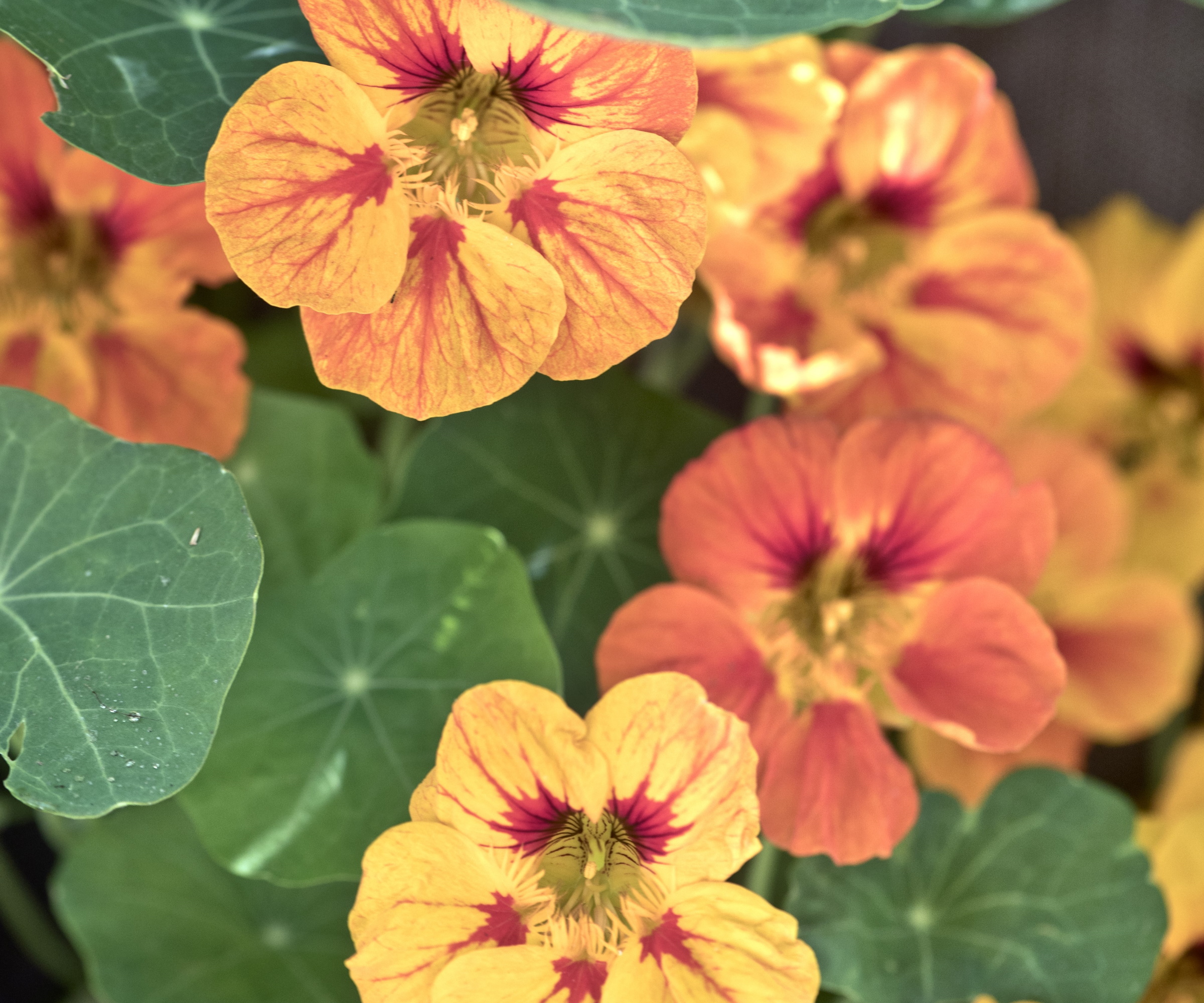
Nasturtiums might just be the easiest flowers to grow from seed. Native to Central and South America, these climbing and vining plants are unfussy about where they grow, thriving in poor or rich soils, sun or part-shade, making them the ideal pick for any yard and any level of gardener.
Last summer, when working as a gardener in Italy, I grew two varieties of nasturtiums in pots as a supporting understory for my dahlia plants. 'Salmon Baby' is, unsurprisingly, a peach variety, while 'Black Velvet' is a deep maroon almost black option. Trailing down the side of large terracotta pots, both of these proved to be long-lasting annuals. Peach-colored nasturtiums are available to order online from Walmart.
You can direct-sow nasturtium seeds straight into beds or pots, and within 10 days, your seeds will germinate. Flowers will typically bloom 4 to 6 weeks after sowing. Nasturtium seeds are available from Burpee.
2. Zinnias
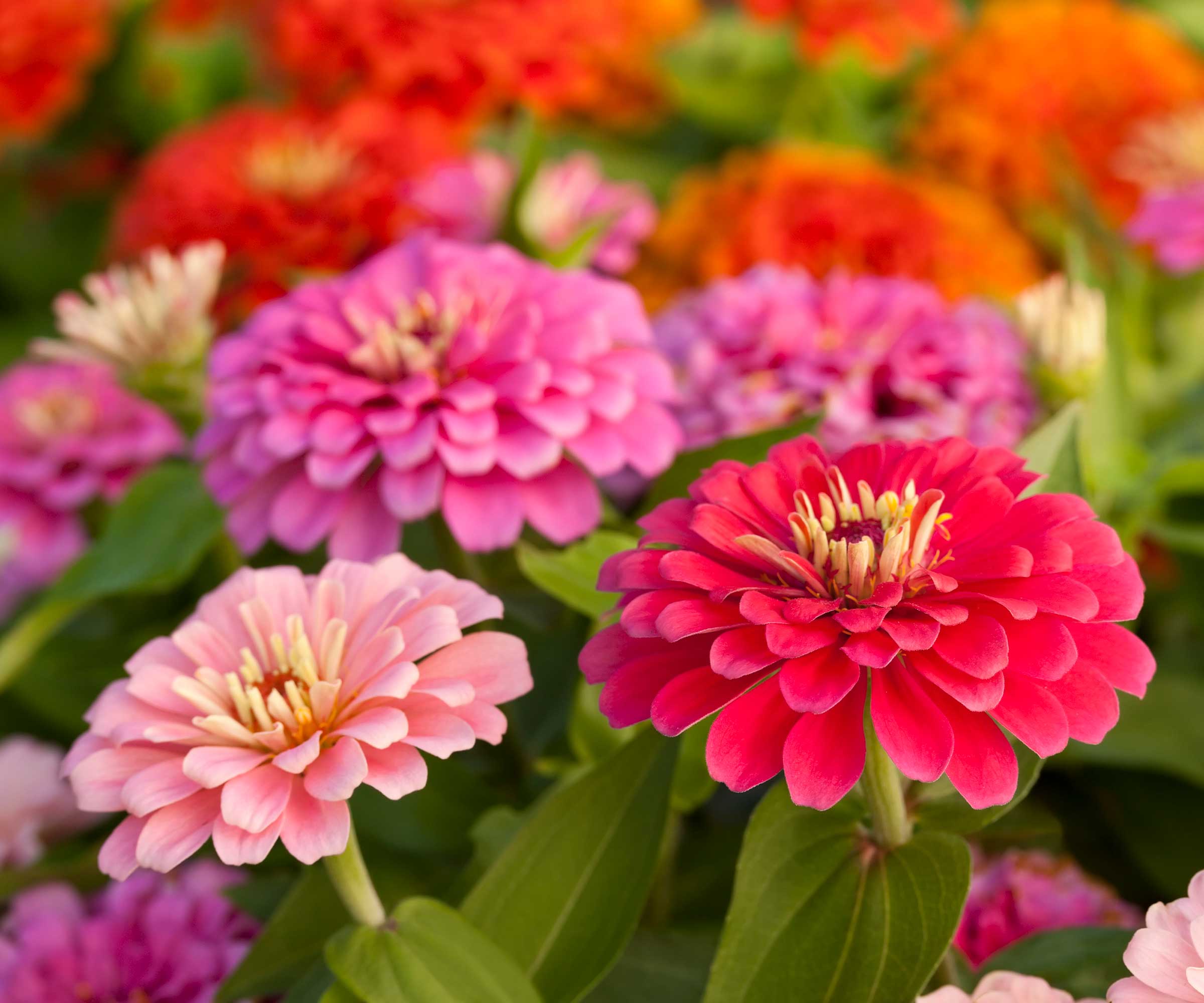
If you are looking for pink plants for a summer border - or any color for that matter - zinnias are the flowering annuals to grow. These sun-loving plants are easy and quick to grow, usually germinating in 4 to 8 days if sown under cover in a greenhouse or seed propagator.
In my experience, zinnias can take 6 to 8 weeks to flower following germination, so if you sow them in July, you can expect September blooms.
For those wondering how to keep zinnias blooming late into the fall, the trick is to pay close attention to watering, fertilizing, and deadheading. With the right care and in mild regions, including US hardiness zone 8 and above, your zinnias will keep flowering through until November.
'I have grown zinnias for many years, and the trick is to remove faded blooms quickly,' says Gail Pabst, gardening expert and Marketing Director for the National Garden Bureau.
'If any spent flowers are left on the plant, these will start to set seed and the plant will stop producing new flowers. Deadheading is essential if you want late-summer flowers.'
Zinnia seeds are available from Walmart.
Shop gardening accessories
This seed starter soil mix helps to speed up the germination process and is ideal for annual flower seeds.
These biodegradable pots help to produce healthy plants that can be planted directly into your borders.
This Burpee seed tray has 36 flexible pop-out cells to simplify seed starting for your favorite flowers.
3. Calendula
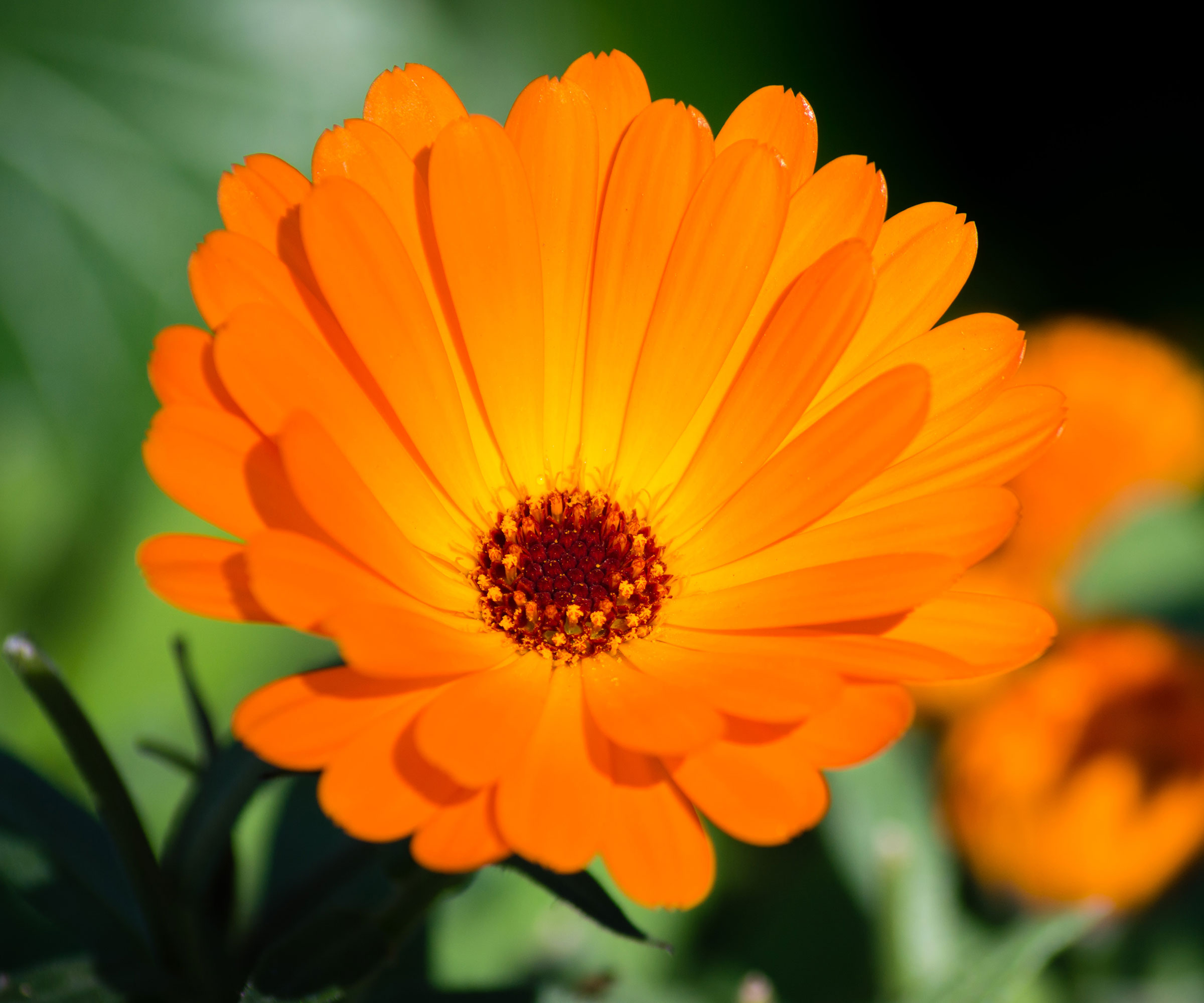
For late-summer flowers that are bright, impactful and edible, calendula blooms are hard to beat. Although typically sown in spring, it is possible to get early fall blooms from these delightful flowers. These plants are considered easy to grow and low-maintenance, producing a mass of brightly colored flowers for much of the growing season.
'Calendula seeds are typically quick to germinate,' says Rachel Bull, head of gardens at Homes & Gardens, 'with green shoots emerging around 7 to 10 days after sowing.
'You can expect calendula flowers usually around 8 to 10 weeks after germination,' Rachel adds, 'so if you sow these seeds in July, and give them sufficient warmth and light, you can expect some September blooms.'
What's more, in warmer regions, such as US hardiness zone 9 and above, calendula can be grown as perennial plants, surviving mild winters and blooming again the following year.
Calendula seeds are available from Burpee.
4. California poppies
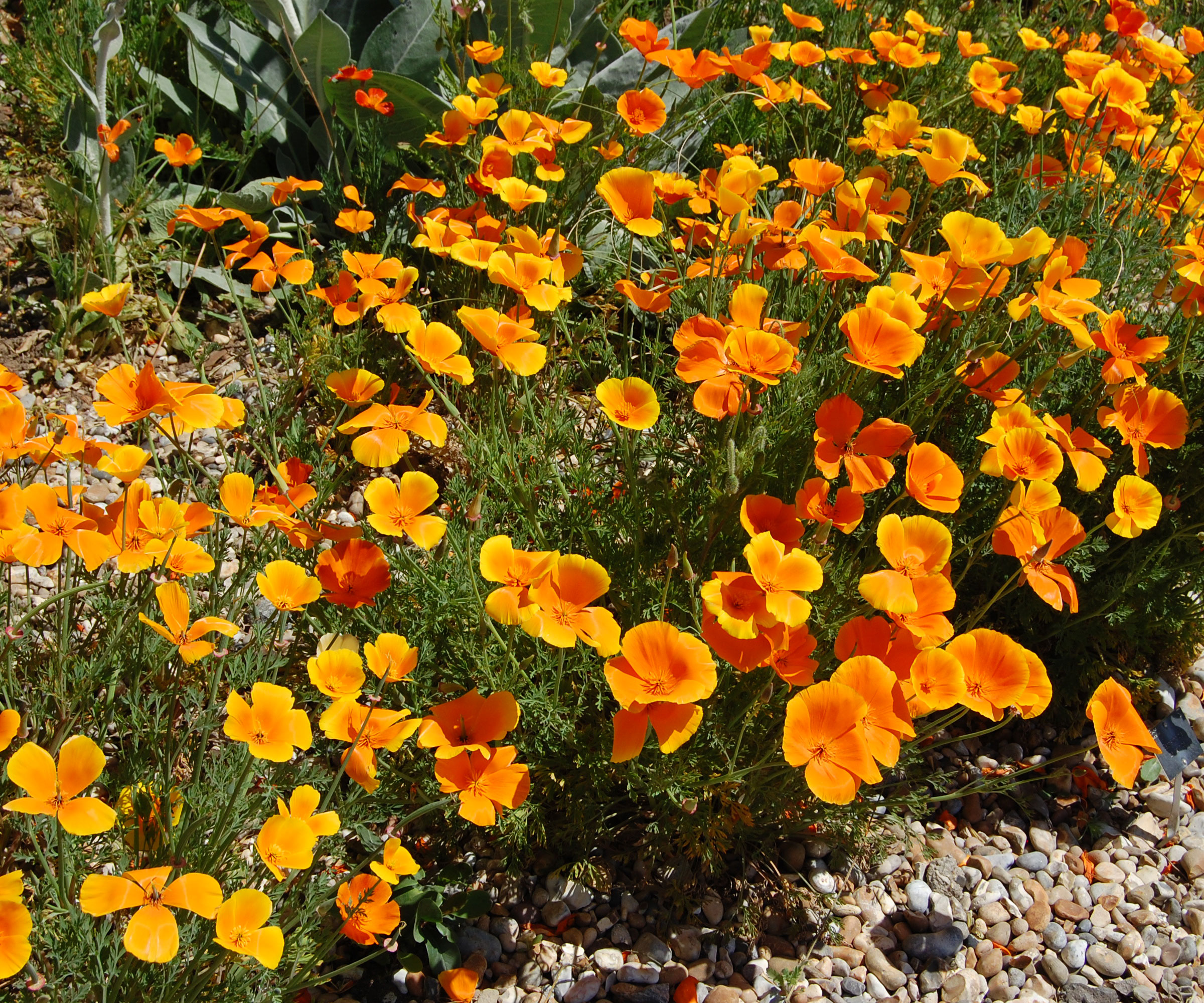
No flower symbolizes summer more so than the California poppy. These vibrant annual flowers add pops of color to any border or container, flowering for a remarkably long time until the first frost.
I have grown many different poppies, but the California poppy, Eschscholzia californica, is notable for its reliability and resilience. As the name implies, this California native plant will thrive in sunny and dry yards. 'Ivory Castle' is one variety that produces cream-yellow flowers if you are opposed to the traditional orange options or want to try something different.
California poppies usually take 10 to 14 days to germinate, and following this, you can expect blooms in approximately 8 weeks. California poppy seeds are available to buy online from Burpee.
5. Cornflowers

If you are seeking wildflower garden ideas, cornflowers are a great annual to grow, notable for producing blooms that are popular with pollinators. There are many different varieties to try, ranging in height and color.
One of my favorite options is 'Black Ball', which produces deep maroon flowers that look great in the border or when snipped and placed in a vase indoors.
Cornflower seeds, available from Walmart, can be sown directly in the yard in July. You can expect blooms in about 10 weeks, which will last up until the first frost, so you can enjoy cornflowers during September and October.
FAQs
Can I grow late-blooming annuals in pots?
Yes, annual seeds are perfect for pot displays. For an easy option, why not grow calendula and nasturtiums together, sure to fill your yard with color even during fall. What's more, both of these produce edible flowers, perfect for adding something special to your summer salads.
While summer is in full flow, there is still time to sow seed for late-season blooms. Any or all of these options will help fill your yard with color in the coming months, maximizing the floral show for as long as possible. For more flower garden information, see our guide on the best flowers that attract bees.







